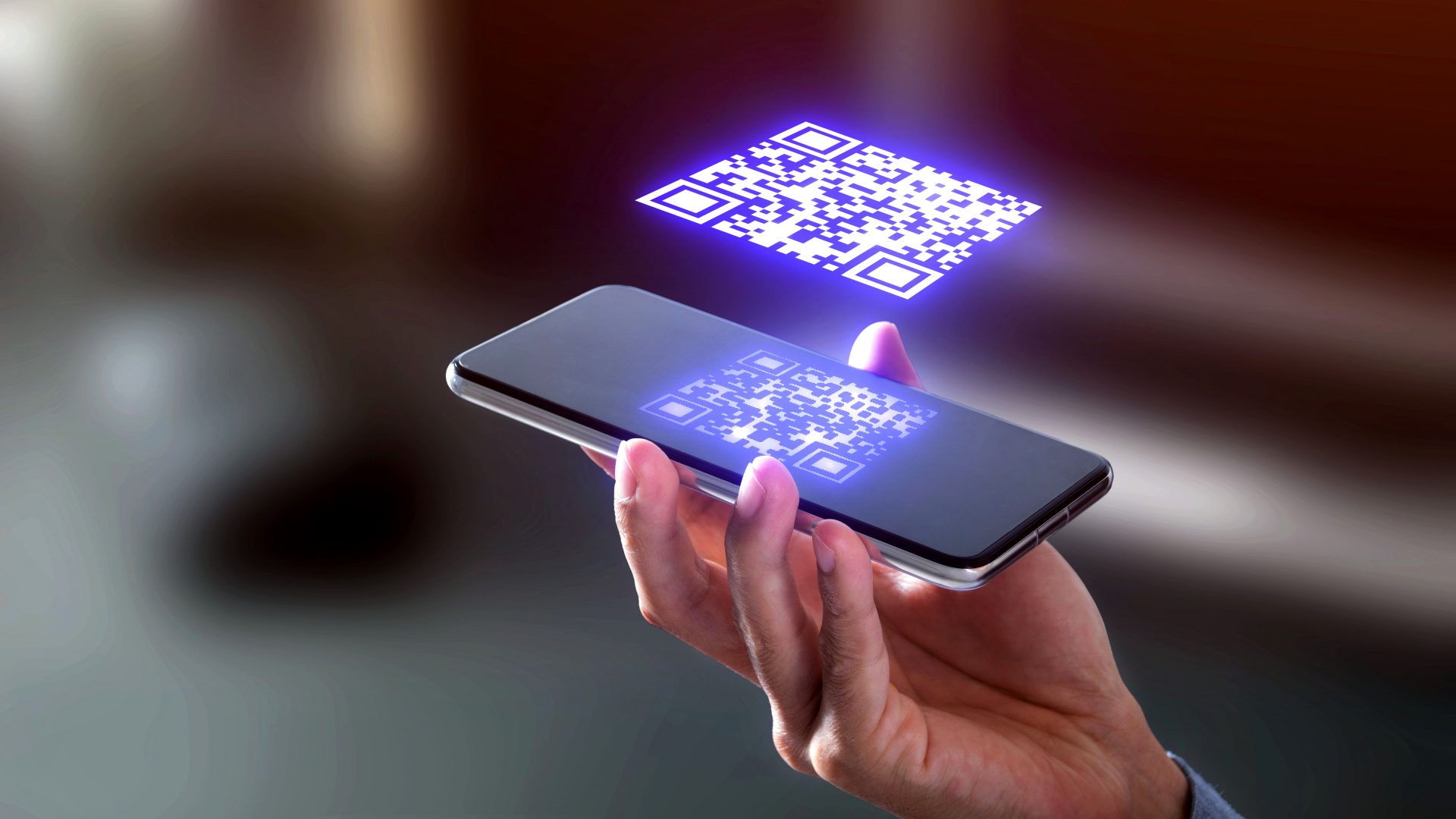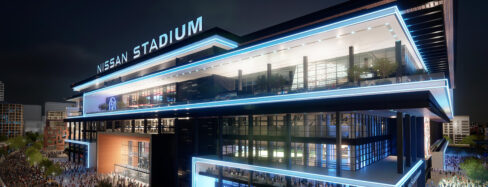It’s 2022, and what better way is there to propel into the new year than with the theme of innovation! By now, we’re all weary of the pandemic stealing the spotlight. It’s time to redirect our attention and notice the other player on the stage – progress! It’s happening, simultaneously, in so many fields – aeronautics, biology, AI, and robotics, just to name a few. Technology is marching at a breakneck pace. If the history of man was condensed into a 4,000-page book, the last 100 years of innovation, including the combustion engine, flight, skyscrapers, computers, would be contained in a few sentences on the last page.
When looking for innovation, it’s easy to spot the big items, but let’s focus instead on a smaller one in plain sight: the QR code. Invented in 1994 in Japan by the automotive industry, it was initially used to track vehicles using high-speed scanning during manufacturing. Fast forward to Asia today where it is used across a wide variety of applications, even one that incorporates a Hello Kitty image at its center. Until recently, North America’s adoption of the QR code lagged behind the rest of the world, but the pandemic quickly changed all that. It’s a textbook example of recent, nimble technology that was ready for widespread adaption when the moment called. The pandemic knotted us to our smart phones, and the common knowledge became if you were going to brave the new world, you had to have one in arm’s reach. Remember how fast QR-coded menus replaced the disposable paper menus that appeared suddenly on outdoor dining tables? Since then, we’ve seen QR codes everywhere, from retail to healthcare and now, two years later, there is ongoing debate about whether QR-coded vaccine passports should be required to enter public space.
So how did the QR code become so ubiquitous in society? Perhaps it is because of their seemingly innocuous, somewhat familiar appearance, akin to the merger of the barcode and the hyperlink. More likely, it is because of their basic function, a direct and touchless way to get to information quickly. It was just in the last year that smart phone cameras started to automatically recognize QR codes without the need of a separate app or zooming in or out. You just point your camera at the code to instantly link to content. In the time of a pandemic, the hygienic value of this touchless quality is equivalent to gold.
Let’s take a deliberate turn from the pandemic’s impact and dive into the human psyche. In this area, the sci-if genre is a rich repository. An iconic scene from Bladerunner says it all, a single scale of snake’s skin is looked at under increasing magnification until ultimately it reveals an alpha-numerical code and the hand of its creator. QR codes have this same ability to link, but in reverse. It’s as if they sit at the top of the rabbit hole, rather than at the bottom.
Over the past two years, HLB has been developing the use of QR codes in daylighting design. In one usage we’re coupling it with another recent innovation, panoramic virtual reality, to create immersive scenes that encompass a 360-degree circle. Pano VR’s may be viewed in three ways, each unlocking a successively higher level of immersion. The first is on a typical 2D computer display and navigated by keyboard or mouse, the second is on a smartphone navigated by its internal gyroscope and accelerometers, and the third involves popping the smartphone into a VR “cardboard” type headset. Whatever the view method, this medium has proved invaluable to our team and our clients for analyzing and communicating daylight-related information, mostly having to do with solar position, as seen from a critical viewpoint. It’s hard to visualize a pano VR without seeing one, so here’s a QR-coded fun 3D scene from one of our daylighting team members to kick-off the near year:

We saved the revealing of our last bullet point, the meaning of the initialism “QR”, until the end of this article. Ready to take a guess? The answer is “Quick Response.” Congratulations, you are now an expert and sure to impress the members of your social bubble when the question pops up in Jeopardy the Metaverse.



